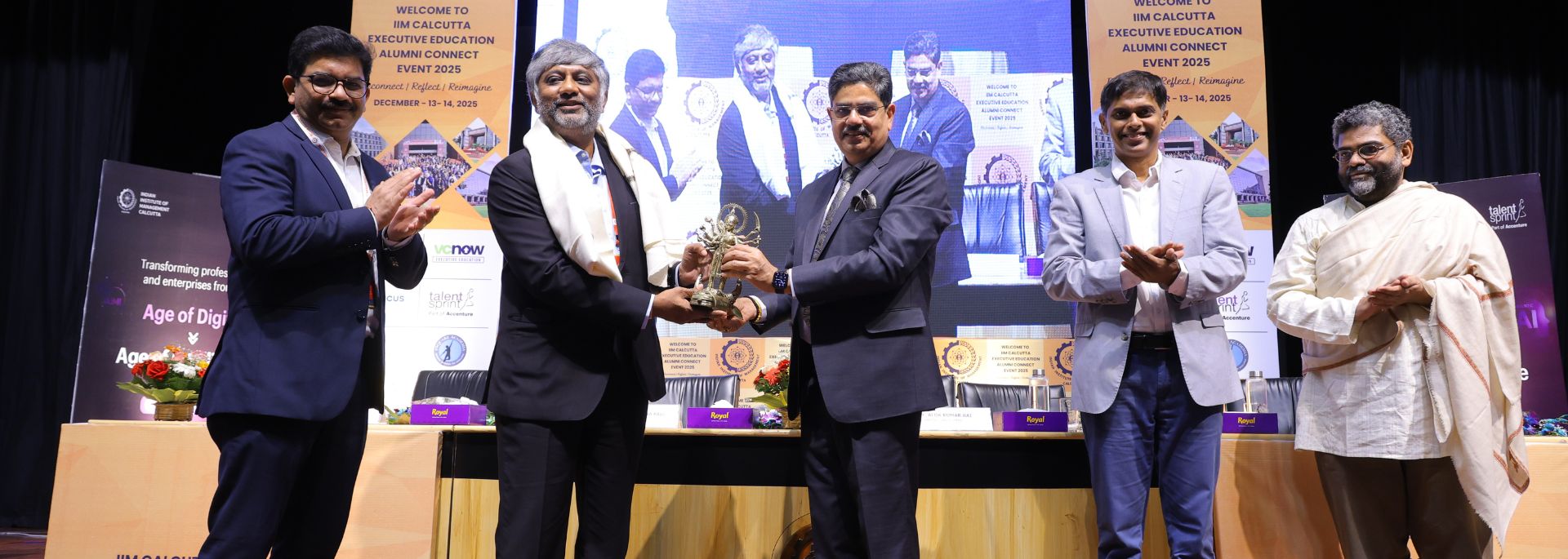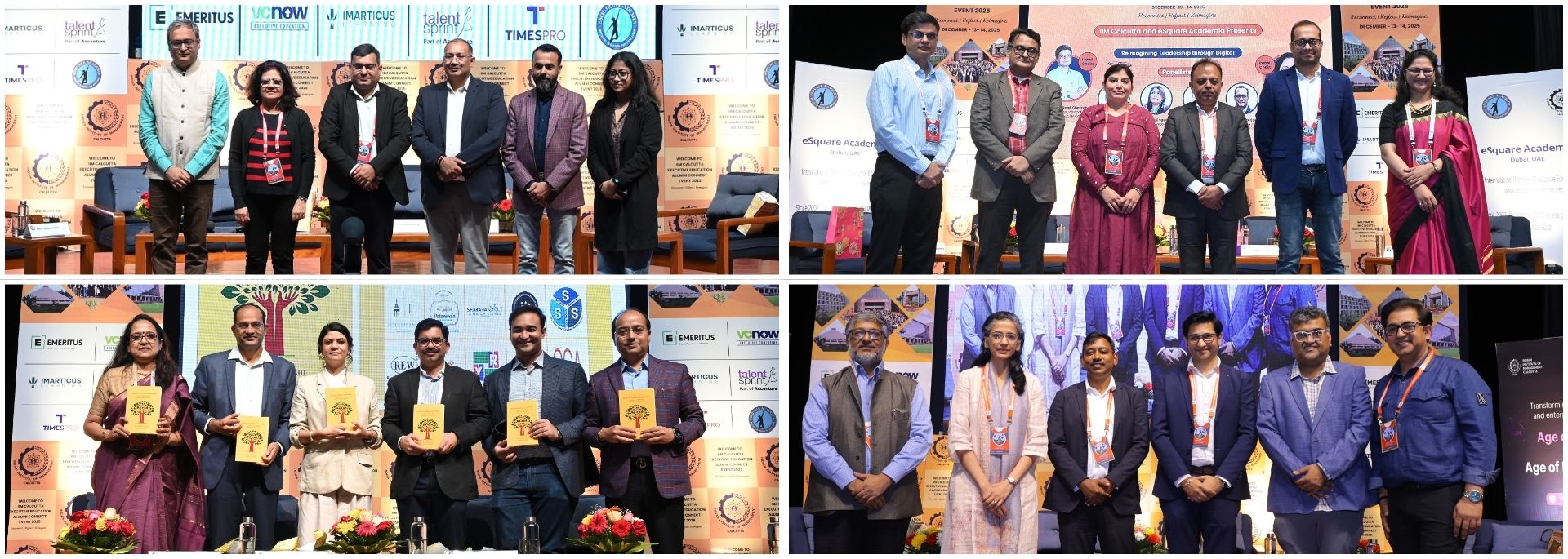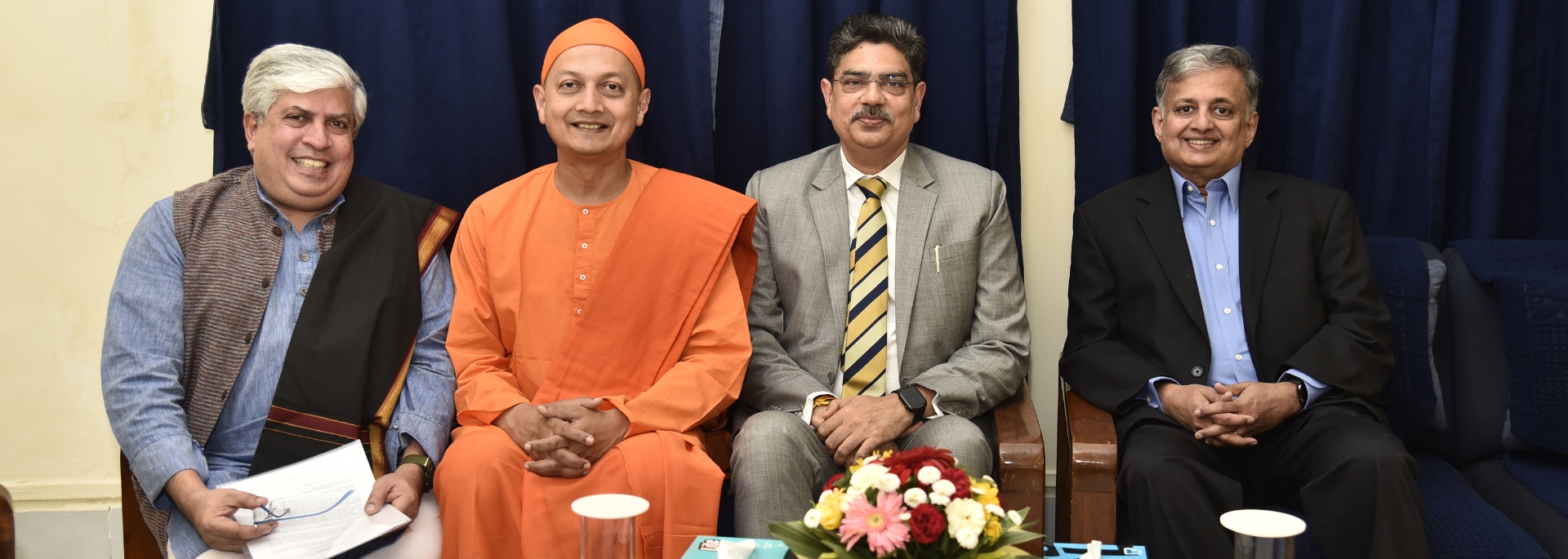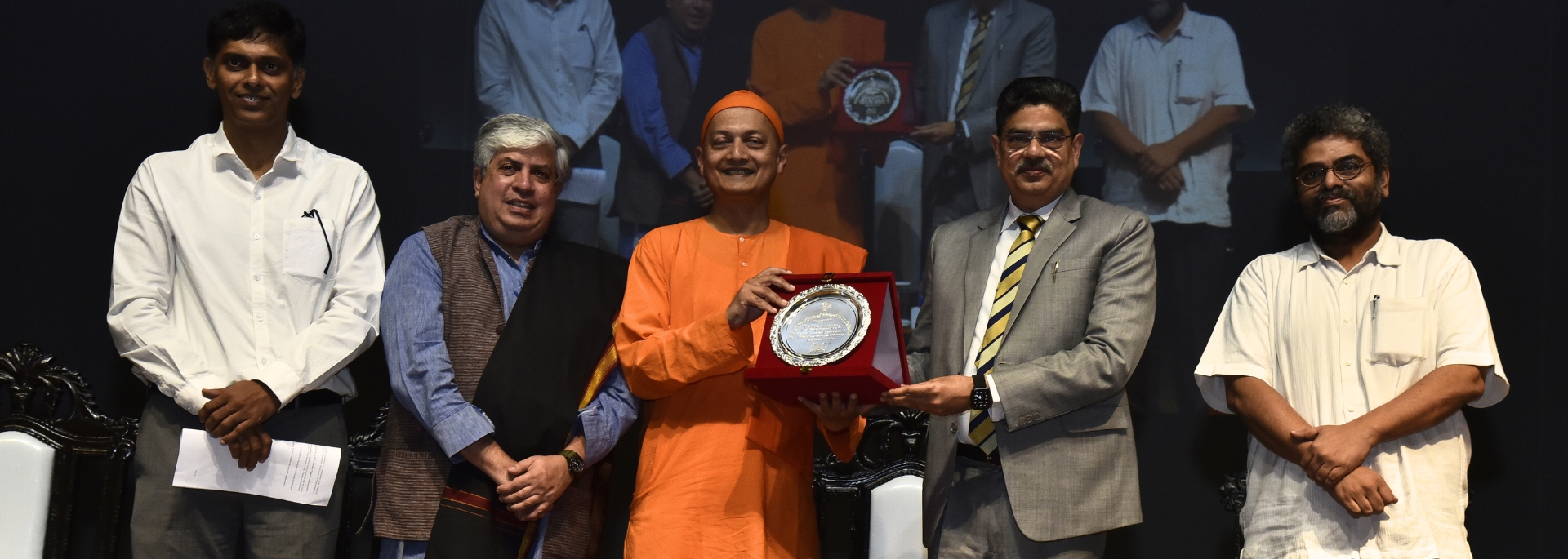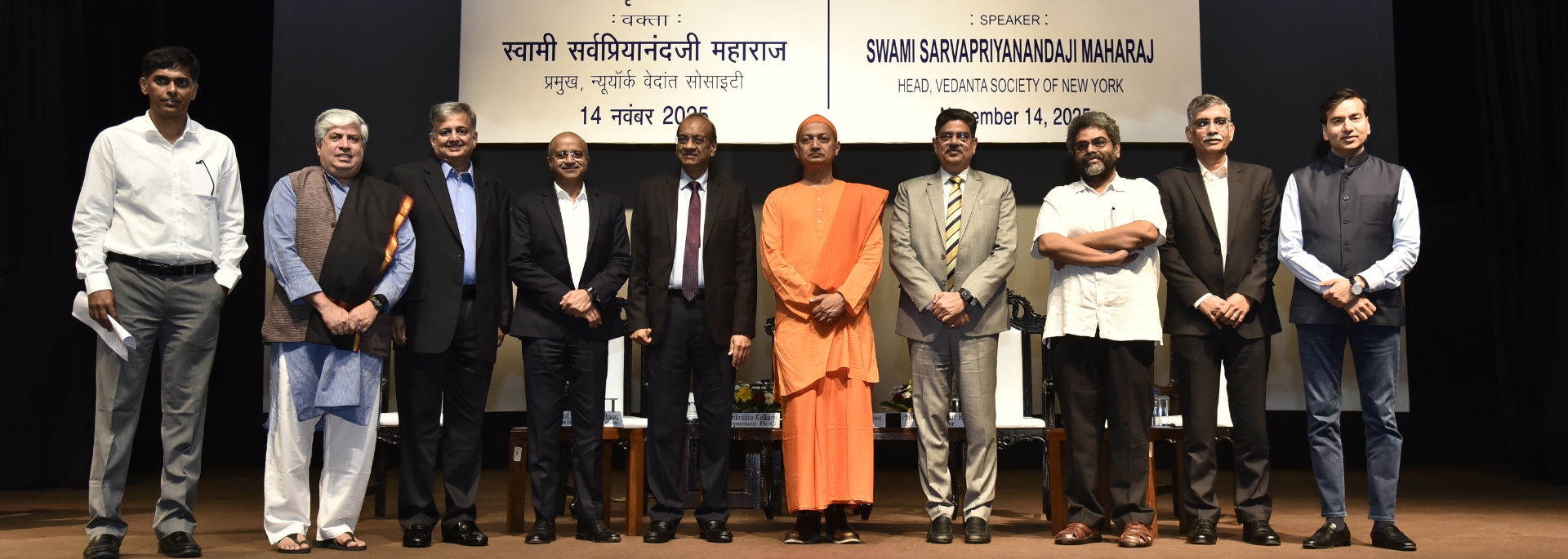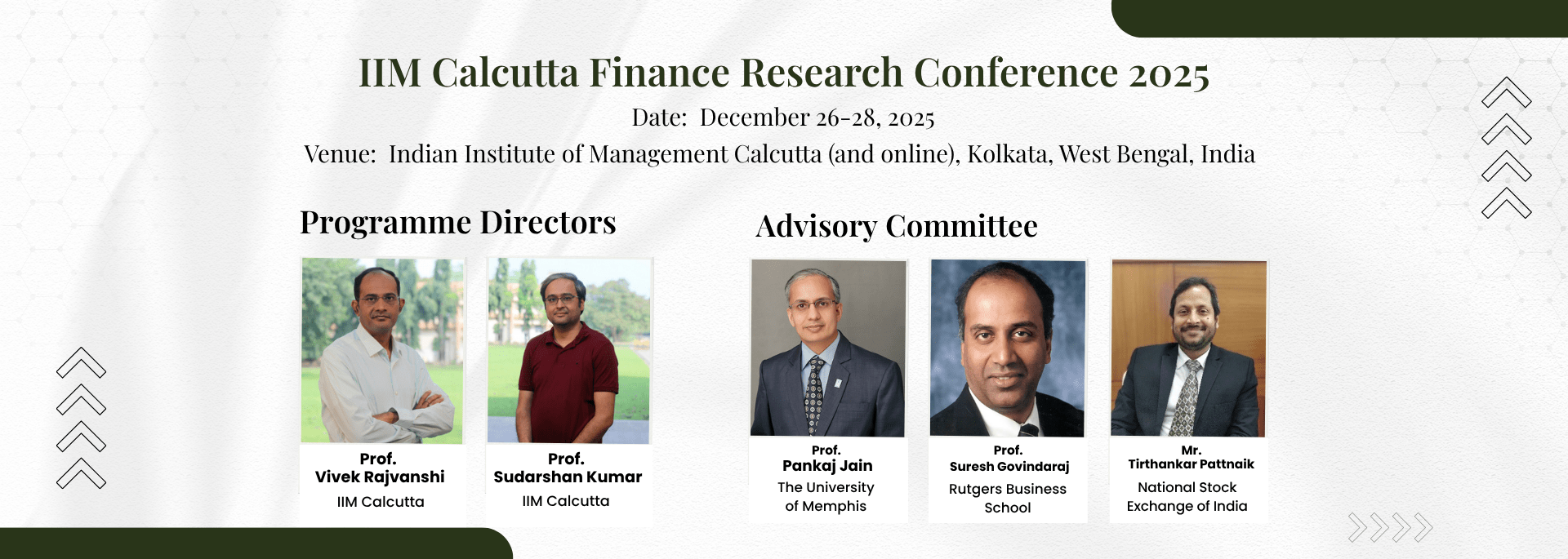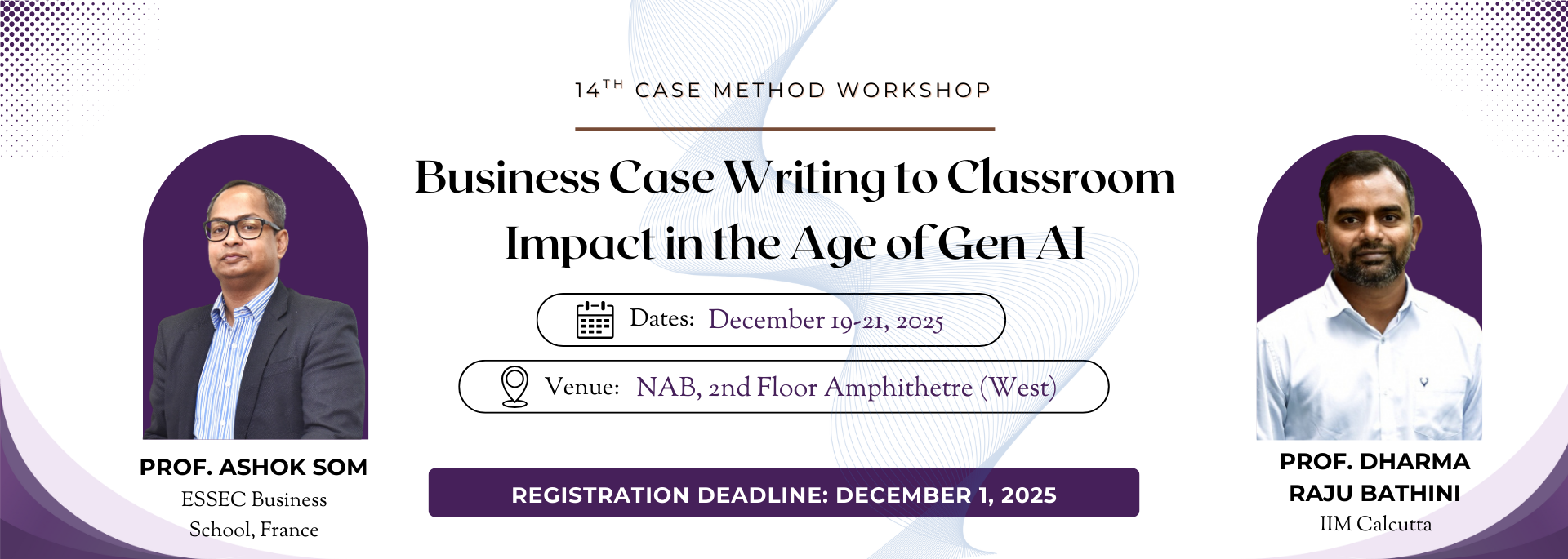India is facing a huge rural-urban divide with regard to learning achievement at the school level. Even after significant educational expansion in the recent years—including physical infrastructure of schools and enrolment of students (at primary and secondary levels)—dropout rates in rural India are substantially high (at 40% and 57%, respectively). The major reasons behind this unfortunate outcome—in spite of large investments in traditional classroom programmes—are teacher absenteeism, and poor quality of teaching due to non-availability of trained teachers and attractive teaching materials in rural schools.
Enrolment rates and identification of learner obstacles are two objective metrics of evaluating a nation’s level of educational attainment. In this context, the UNESCO Convention against Discrimination in Education noted: “If the right to education for all is to become a reality, we must ensure that all learners have access to quality education that meets basic learning needs and enriches lives. But in reality, millions of children, youth and adults continue to experience exclusion within and from education around the world.” Ensuring inclusive, lifelong learning for all, and improving quality of education are among the top priority areas identified by Asia-Pacific education ministers. Unfortunately, many developing countries, including India, are struggling to maintain a unified learning system that caters to students from all socio-economic backgrounds.
However, the current age of digital connectivity can enable us to address this problem in innovative ways, paving the way for access to quality education universally. The internet plays an important role in connecting students to an ever-expanding information base that is now easily available owing to the presence of free cyber knowledge repositories like YouTube, Wikipedia, Khan Academy. Social technologies (i.e. technologies used by people to interact socially, and to create, enhance and exchange content) have been gaining importance globally, leading to the creation of crowd-sourced knowledge resources throughout the internet.
Numerous e-learning platforms are using crowd-sourced educational materials where knowledge seekers can connect to a pool of knowledge providers, with the internet serving as an intermediary. This crowd-sourced knowledge base of the internet can effect positive change in communities by allowing people to connect and experience uniform knowledge exchange. Social interactions via technologies allow people to raise questions, share knowledge, ideas and discover human skills regardless of hierarchy. This gives rise to the concept of ‘sharism’, wherein people actively share goods and services worldwide using the internet.
At its heart, the disparity of educational quality between rural and urban areas is due to unequal access to quality learning in its traditional form. This problem can be addressed by utilising the massive potential of the internet and cyber knowledge resources. Conceptually, three models of e-learning are available that connect knowledge seekers with knowledge providers over the internet.
Asynchronous: This mode of e-learning (OER Commons, Udemy, Coursera, YouTube, Khan Academy, Byju’s) allows students to access educational resources from the internet in the form of pre-recorded video lectures, images, assignments at any time and from anywhere. The potential shortcoming is its inability to address student queries immediately, and it is not a replacement for the traditional face-to-face model of teaching.
Synchronous: It connects students and instructors live and online at a predetermined time using video-conferencing with associated tools such as Skype, Adobe Connect, etc, where queries and doubts of students get addressed immediately.
Blended: Blended learning systems use social technologies to combine synchronous interactions in a virtual classroom with asynchronous access to pre-stored teaching-learning materials in the cyberspace, created by individuals (Khan Academy) or by anyone who is qualified to do so (OER Commons).
Synchronous and blended initiatives have the potential to supplement traditional teaching methods and there are examples in the Indian context as well, such as Vedantu, eVidyaloka, NexConnect and many more.
One of these, eVidyaloka, a non-profit organisation based in Bengaluru, is working towards improving the quality of education in remote rural schools by using a synchronous e-learning environment. It has collaborated with volunteer teachers across the world, local NGOs and Panchayats in targeted areas.
Similarly, NexConnect Ventures, a start-up based in Kolkata (incubated at the IIM Calcutta Innovation Park), is working towards disseminating quality education using an online teaching-learning platform where experienced teachers from cities teach students belonging to all socio-economic backgrounds by utilising the internet. Teachers provide live academic and vocational training to students using crowdsourced and freely available learning materials. NexConnect utilises common service centres (CSC), or rural learning centres owned by local entrepreneurs, and transforms them into NexConnect Internet Schools where students receive quality live education.
The problem of shortage of quality teachers in rural areas can be solved by online teachers from urban areas using e-learning. The trending ‘smart classrooms’ supported by MNCs aim at improving learning outcomes among affluent urban schoolchildren. On the contrary, these online initiatives at a relatively lower cost pioneered by social entrepreneurs can spread ‘smart classrooms’ to remote rural areas. Our vision, as a society, should be to promote a level of ubiquitous internet presence and infrastructural support that enables any individual with an internet connection to tap into the vast array of resources that have been curated by collective effort. Only then can we truly hope to utilise the full extent of the benefits accruing due to the digital revolution.


